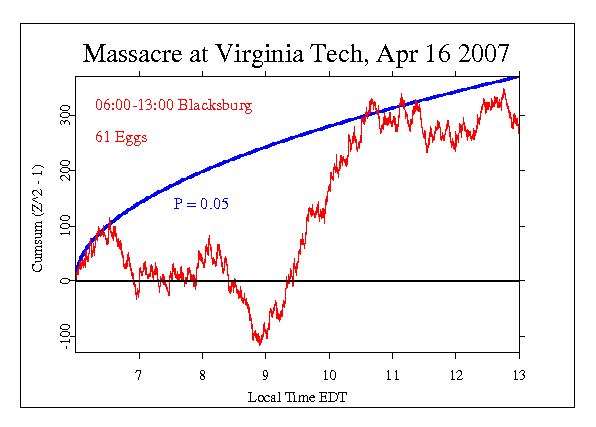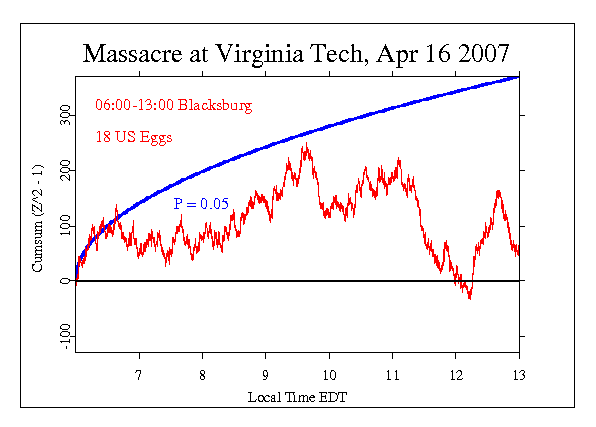Massacre at Virginia Tech |
|
A massacre of tragic proportion rocked the quiet community of Blacksburg, Virginia on April 16 2007. A total of 33 people, including the gunman, were killed in a shooting rampage that took place at Virginia Tech. University president Charles Steger said at a press conference on Monday, "It is now confirmed that we have 31 deaths from Norris Hall, including the gunman. There are two confirmed deaths from the shooting in Ambler Johnston Dormitory." The identity of the gunman was not known immediately because he did not carry any ID, Steger said. More information about the shooting accident is expected Tuesday as investigation goes on, Steger said. University police chief Wendell Flinchum said. "The gunman took his own life." This event was reminiscent of the Columbine massacre, the Erfurt school shooting, and the Russian school tragedy. In concert with other major tragedies, the Virginia Tech massacre elicited a strong emotional reaction, including what might be anomalous intuitions or perceptions about it. Richard Shoup of the Boundary Institute forwarded a dream report sent to the institute that apparently relates to the Blacksburg tragedy. The formal prediction was for a period beginning about an hour before the first shooting, and continuing for a few hours after the second, from 06:00 to 13:00 local time (10:00 to 17:00 GMT). The result is Chisquare 25465 on 25200 df, with p = 0.119 and Z = 1.180.

While the signal to noise ratio in GCP data is too small to permit interpretation of the graphs showing individual events, one may wonder if the striking slope of the cumulative deviation beginning at about 09:00 is meaningful. A "pickoff" calculation of its likelihood gives odds of about 1 in 1000 for such a strong trend -- if and only if it had been somehow predicted. It is about 2 hours long, and happens to be associated with the time of the shooting rampage. For context, we note that such an unlikely data sequence of 2 hours duration will happen by chance about every 80 days. Another natural question regarding this event is whether the US eggs might have a substantially different response. An exploratory look at the 18 US eggs shows some similarity, but a weaker overall trend, with a downturn toward the end of the period.

|